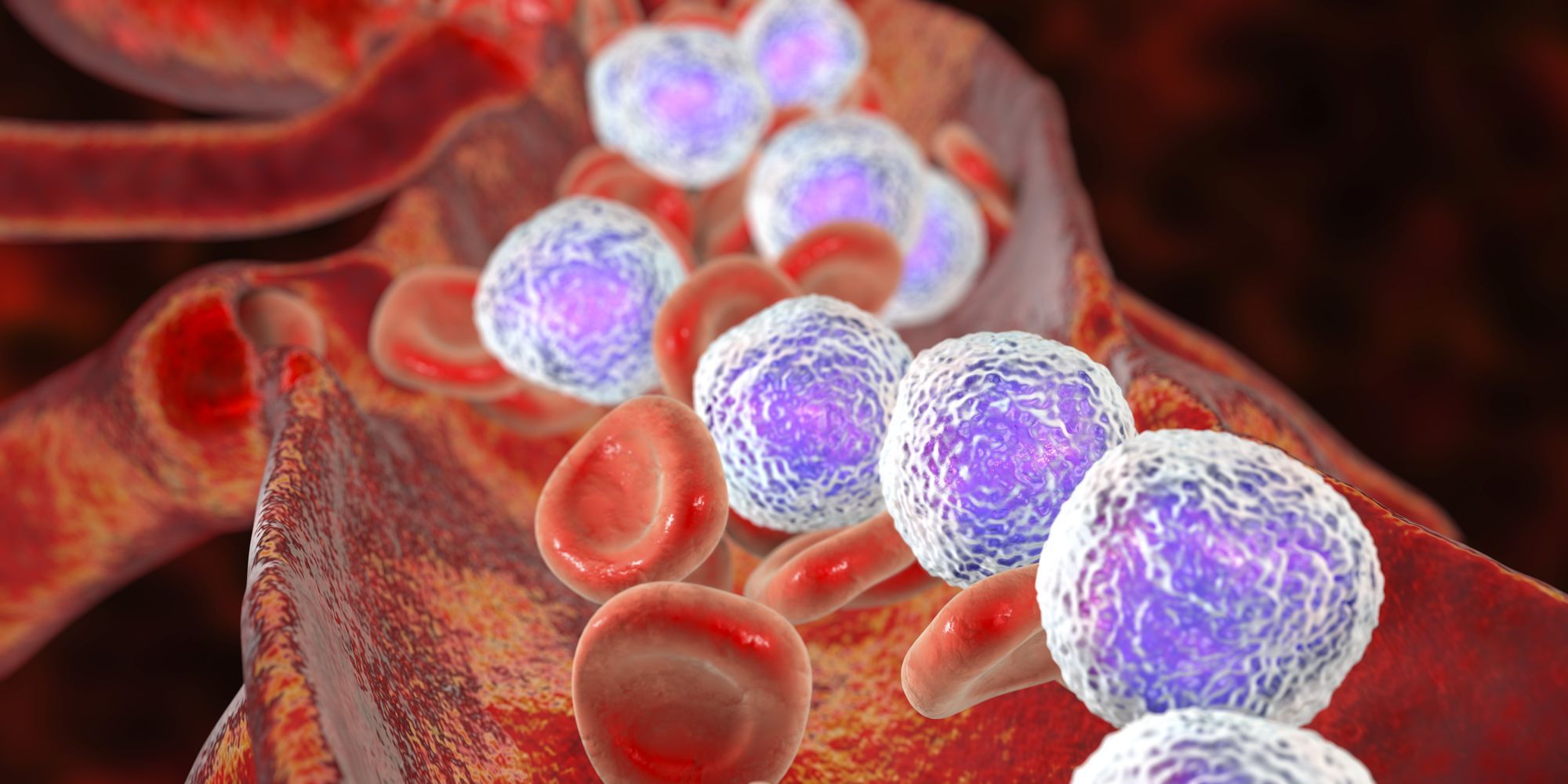DZD8586 Produces Anti-Tumor Activity and Safety in B-Cell Lymphoma
DZD8586 results in favorable safety with limited grade 3 or greater treatment-emergent adverse effects in those with B-cell non-Hodgkin lymphoma, according to data from 2 ongoing phase 1 trials.
“DZD8586 demonstrated favorable PK properties and high CNS penetration,” the study authors concluded. “There was good correlation between drug exposure and pBTK modulation, and phase 2 trials are planned for further clinical development of DZD8586 in B-NHL.”

DZD8586 demonstrated anti-tumor efficacy and high rates of tolerability across different dose levels and tumor subtypes in patients with heavily pretreated B-cell non-Hodgkin lymphoma, according to findings from an analysis of 2 ongoing phase 1 trials (NCT05844956; CTR20220558) that were presented during the 2023 American Society of Hematology (ASH) Annual Meeting and Exposition.
A total of 17 patients were evaluable for efficacy. The objective response rate (ORR) was 64.7% (n = 11) across all dose levels examined; this included 3 complete responses. The ORR was 71.4% (n = 5) at the 50-mg dose.
“In phase 1 trials, DZD8586 showed encouraging antitumor activity with a manageable safety profile and a favorable pharmacokinetic profile in heavily pretreated patients with B-NHL,”
lead study author Yuqin Song, wrote in a poster presentation of the data. “Other than thrombocytopenia, grade 3 or greater TEAEs were uncommon.”
Patients with relapsed/refractory B-NHL, including those with diffuse large B-cell lymphoma (DLBCL), chronic lymphocytic leukemia (CLL)/small lymphocytic lymphoma, mantle cell lymphoma (MCL), and marginal zone lymphoma (MZL) have poor outcomes with limited therapeutic options.
DZD8586 is a dual inhibitor of LYN/BTK designed with complete blood-brain barrier penetration. DZD8586 inhibits BTK-dependent and -independent BCR-signaling pathways by targeting LYN and BTK, which may overcome resistance to covalent and noncovalent BTK inhibitors.
The agent is under evaluation in the phase 1 TAI-SHAN1 and TAI-SHAN5 dose-expansion and dose-escalation studies. To better understand the safety and efficacy of the agent, investigators pooled data from both trials. Tumor assessment was done in accordance with International Working Group CLL 2018 criteria for CLL, IPCG 2005 criteria for central nervous system lymphoma, and Lugano 2014 criteria for other B-NHL malignancies.
The TAI-SHAN5 trial consisted of 2 cohorts in which 3 to 6 patients received 50 mg (cohort 1) or 100 mg (cohort 2) of DZD8586 once daily. In TAI-SHAN1, 3 to 6 patients were each enrolled into 1 of 4 cohorts, all of which administered DZD8586 once daily at the following doses: 10 mg (cohort 1), 25 mg (cohort 2); 50 mg (cohort 3); and 100 mg (cohort 4).
Eligible patients included those who progressed or were intolerant to prior systemic therapy. Prior exposure to BTK inhibitors was allowed.
Regarding baseline characteristics, the median patient age was 63 years (range, 38-77). Most patients were male (68%), White (68%), and had an ECOG performance status of 1 or higher (56%). Tumor subtypes included DLBCL (44%), follicular lymphoma (16%), MZL (12%), MCL (12%), secondary CNS lymphoma (12%), and CLL (4%). The median number of prior lines of therapy was 3 (range, 1-8), and most patients had received both chemotherapy and an anti–CD20 antibody (96% each).
The authors added that antitumor activity was reported across B-NHL subtypes. Among 6 patients with DLBCL, 5 (83.3%) experienced tumor response, including 1 patient with germinal center disease. Additionally, one of 2 patients with CNSL achieved partial response. Among 6 patients who received prior BTK inhibition, 3 (50%) responded, including 1 patient with CLL and a C481S mutation in BTK.
The longest exposure on treatment was 14.3 months in a patient with MZL, who is still on treatment and experiencing a response.
In terms of safety across all dose levels, drug-related, TEAEs included thrombocytopenia (all grade, 56%; grade ≥3, 20%), neutropenia (all grade, 32%; grade ≥3, 16%), pneumonia (all grade, 20%; grade ≥3, 0%), upper respiratory tract infection (all grade, 16%; grade ≥3, 4%), anemia (all grade, 16%; grade ≥3, 0%), alanine aminotransferase increase (all grade, 16%; grade ≥3, 0%), blood lactate dehydrogenase increase (all grade, 16%; grade ≥3, 0%), aspartate aminotransferase increase (all grade, 12%; grade ≥3, 0%), diarrhea (all grade, 12%; grade ≥3, 0%), and fatigue (all grade, 12%; grade ≥3, 0%). Additionally, no bleeding events, atrial flutter, atrial fibrillation, or arthralgia occurred.
Regarding pharmacokinetic (PK) activity, DZD8586 illustrated a largely dose-proportional PK profile across all dose levels. The agent was absorbed with a median Tmax of approximately 90 minutes and eliminated with a mean terminal half-life of approximately 18 hours. In line with expectations from the long half-life of the agent, accumulation of approximately 2-fold was recorded after multiple once-daily dosing.In 2 patients with CNSL, the unbound CSF to plasma concentration ratio (Kpuu,CSF) at steady state were 1.21 and 0.98, “suggesting high CNS penetration of DZD8586 in humans,” the authors wrote. Moreover, sustained pBTK inhibitor over 90% occurred at steady state after several 25-mg or more doses of DZD8586.
“DZD8586 demonstrated favorable PK properties and high CNS penetration,” the authors concluded. “There was good correlation between drug exposure and pBTK modulation, and phase 2 trials are planned for further clinical development of DZD8586 in B-NHL.”
Reference
Song Y, Zhou K, Jing H, et al. First report of phase 1 studies of DZD8586, a BBB penetrant LYN/BTK dual inhibitor, in patients with B-cell non-Hodgkin lymphoma (B-NHL). Blood. 2023;142(suppl 1):4465. doi:10.1182/blood-2023-185270